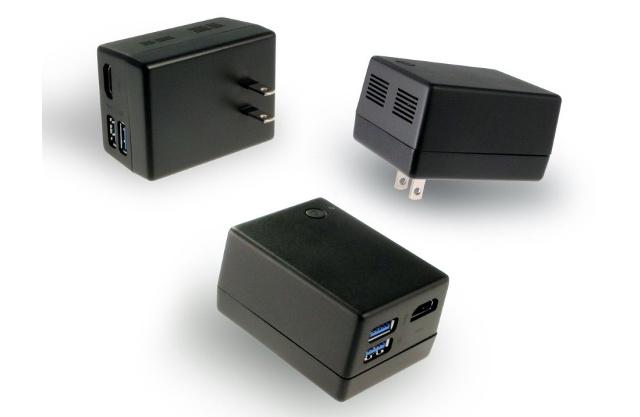
The Compute Plug has two USB 3.0 ports and an HDMI port. That lets users connect the device to a monitor or a television to use it as home theater PC. Controlling the Compute Plug is simple – you’ll be able to use a Bluetooth remote, headset or Cortana to command the device.
Thus far, Quanta hasn’t provided the details on what type of hardware is inside of the little product. However, its small form hints that it may be a relatively low-power device, perhaps with a quad-core Atom processor. Pricing and availability on the Quanta Compute Plug have not been released.
Low-power PCs are trending these days due to their affordability and portability. Intel debuted its Compute Stick in April, which acts as a mini PC powered by a USB. The Compute Stick can also be plugged into a TV or monitor to create an HTPC. Consumers can get their hands on it for around $150.

In addition to revealing the Compute Plug at Computex 2015, Microsoft placed a spotlight on the Foxconn Kangaroo. This mini PC has an Intel Cherry Trail processor and surprising six hours of battery life. Like the Compute Plug, it can be linked to a television to instantly transform it into a working PC. Kangaroo also has a fingerprint scanner, which supports Windows Hello. This is the new bio-metric authentication system that Microsoft is introducing with Windows 10.
Similar to the Compute Plug, a price and launch date have yet to be revealed for the Foxconn Kangaroo.
Editors' Recommendations
- OneDrive is ruining my PC gaming setup
- The surprising reason your powerful PC still can’t handle the latest games
- The best games to show off Nvidia’s GeForce RTX 4090
- Xbox PC Game Pass has a big problem — and it isn’t the name
- Razer gets into PC components with RGB-ridden power supply, AIO cooler, and fans


